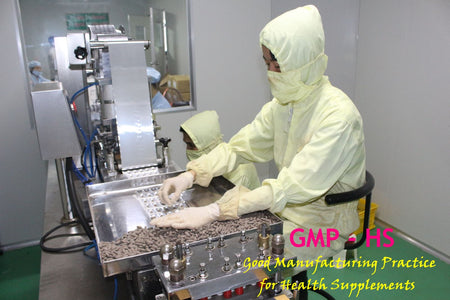HORMONE REPLACEMENT THERAPY
Due to the sudden drop in estrogen levels during menopause, women face many diseases: hot flashes, dry skin, osteoporosis, increased cardiovascular disease, depression, vaginal dryness... Hormone replacement therapy (HT) uses one or more female hormones, estrogen and progestin to treat the symptoms of menopause.

In addition to its ability to alleviate menopausal symptoms, it also helps prevent risks associated with postmenopausal disorders, such as osteoporosis and cardiovascular disease, atherosclerosis, etc. Therefore, this therapy should be considered for all women in the premenopausal and postmenopausal stages, and especially for women with early menopause.
Estrogen used alone stimulates the endometrium, which can lead to endometrial hyperplasia or increase the risk of uterine corpus cancer. Therefore, in hormone replacement therapy, estrogen is often used in combination with progesterone.
However, this solution also exposes users to many risks.
A return of regular vaginal bleeding during hormone replacement therapy occurs in many women who still have a uterus. This is often called “withdrawal bleeding,” and begins soon after stopping progesterone, usually lasting only a few days, with blood that is lighter in color and lighter in volume than a normal menstrual period.
In the Women's Health Initiative (WHI) clinical trial conducted in the United States, 8,506 participants received estrogen therapy (0.625 mg estrogen daily) combined with progestin (2.5 mg medroxyprogesterone acetate) and 8,102 women received placebo. The study was stopped in 2002 after an average of 5.6 years of treatment due to an increase in breast cancer in women using hormone replacement therapy. Compared with women taking placebo, women taking combination hormone therapy also had an increased risk of stroke, blood clots, and heart disease, while the risk of colon cancer was .
Among the 8,506 women assigned to combination hormone therapy in the study, there were 188 cases of coronary heart disease (80 cases in the first two years), compared with 147 cases of heart disease (51 cases in the first two years) among the 8,102 women taking placebo. (According to the National Institutes of Health).
The decision to use hormone replacement therapy should be based on your needs and health, and made after careful medical evaluation. If you are taking or considering taking hormone replacement therapy, you should:
– Consult your doctor about dosage and usage.
– Inform your doctor of any unwanted effects encountered while taking the medication.
– Eat a healthy diet, exercise regularly, drink alcohol in moderation and don’t smoke. These are important steps to prevent osteoporosis and coronary artery disease.
– Hormone replacement therapy (Estrogen with or without Progestin) is effective in controlling hot flashes, night sweats and vaginal dryness. However, even short-term use may increase the risk of blood clots, stroke and coronary heart disease. Hormone replacement therapy should only be used if your symptoms are severe and if you have been fully informed of the risks and require regular medical review.









